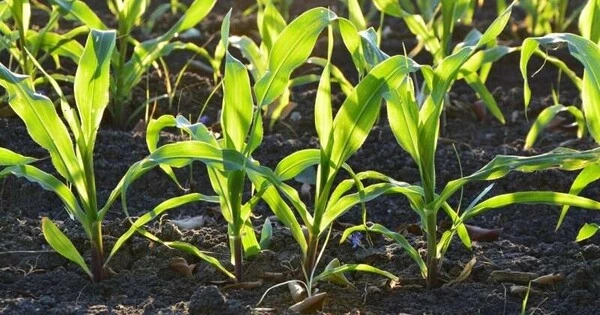Heavy metal toxicity Mercury (Hg) is a global pollutant that has an impact on both human and ecosystem health. Despite the fact that it occurs naturally in the earth’s crust, human activities such as mining and coal combustion add mercury to the environment. Once in the air, it settles into water or land and can be washed into the water, where it enters the food chain.
Metarhizium robertsii, a fungus discovered by researchers, removes mercury from soil around plant roots as well as fresh and saltwater. The fungus was also genetically modified by the researchers to enhance its mercury detoxification abilities. According to this new research, Metarhizium could provide a low-cost and efficient way to protect crops grown in polluted areas and remediate mercury-laden waterways.
The fungus Metarhizium robertsii, discovered by a University of Maryland researcher and colleagues, removes mercury from the soil around plant roots, as well as from fresh and saltwater. The fungus was also genetically modified by the researchers to enhance its mercury detoxification abilities.
Mercury pollution of soil and water is a global public health concern. According to this new research, Metarhizium could provide a low-cost and efficient way to protect crops grown in polluted areas and remediate mercury-laden waterways.
One of the ways this fungus protects its plant home is by allowing plants to grow in mercury-rich environments. Because bacteria with the same genetic abilities to detoxify mercury do not grow on plants, it is the only microbe we know of with this potential.
St. Leger
The study, which was conducted by UMD professor of entomology Raymond St. Leger and researchers in the laboratory of his former post-doctoral fellow, Weiguo Fang (now at Zhejiang University in Hangzhou, China),was published in Proceedings of the National Academy of Sciences (PNAS).
“This project, led by Dr. Fang, found that Metarhizium stops plants from taking up mercury,” said St. Leger. “Despite being planted in polluted soil, the plant grows normally and is edible. What’s more, the fungus alone can quickly clear mercury from both fresh and saltwater.”
Metarhizium is a nearly ubiquitous fungi, and previous work by the St. Leger laboratory had shown that it colonizes plant roots and protects them from herbivorous insects. Scientists have known that Metarhizium is often one of the only living things found in soils from toxic sites like mercury mines. But no one had previously determined how the fungus survived in mercury polluted soils, or if that had implications for the plants the fungus normally lives with.
St. Leger and colleagues had previously sequenced Metarhizium’s genome, and Fangnoticed that it contains two genes that are very similar to genes found in a bacterium known to detoxify, or bioremediate, mercury.
For the current study, the researchers conducted a number of laboratory experiments and discovered that corn infected with Metarhizium grew equally well whether planted in clean soil or mercury-laden soil. Furthermore, no mercury was found in the plant tissues of corn grown in polluted soil.

The researchers then genetically modified the fungi, removing the two genes that were similar to those in mercury remediating bacteria. When they replicated their experiments, modified Metarhizium no longer protected corn plants from mercury-laden soil, and the corn died.
The researchers tested the detoxifying properties of the genes by inserting them into another fungus that does not normally protect corn from mercury. The newly modified fungus worked similarly to the Metarhizium, shielding the plants from mercury-laden soil.
Microbiological tests revealed that the genes in question encoded enzymes that convert highly toxic organic forms of mercury into less toxic inorganic mercury molecules. Finally, the researchers genetically engineered Metarhizium to express more detoxifying genes and produce more detoxifying enzymes.
In their final experiment, the researchers discovered that by mixing in Metarhizium, they could remove mercury from both fresh and saltwater in 48 hours. The next step will be to conduct field tests in China to determine whether Metarhizium can convert toxic environments into productive fields for growing corn and other crops. Toxins must be removed or neutralized from entire fields before anything can be planted, according to current methods of remediating polluted soils. That can be very expensive and time-consuming. Metarhizium, on the other hand, simply detoxifies the soil immediately surrounding the plant roots, preventing the plants from absorbing the toxin.
“One of the ways this fungus protects its plant home is by allowing plants to grow in mercury-rich environments,” St. Leger explained. “Because bacteria with the same genetic abilities to detoxify mercury do not grow on plants, it is the only microbe we know of with this potential. However, it is possible to envision simply dipping seeds in Metarhizium and planting crops that are now protected from mercury-rich soils.”
Metarhizium, in addition to its potential as a low-cost tool for reclaiming polluted lands for agriculture, may aid in the removal of mercury from wetlands and polluted waterways, which are increasingly threatened by mercury pollution as climate change and melting permafrost accelerate the toxic metal’s release into soils and oceans.





